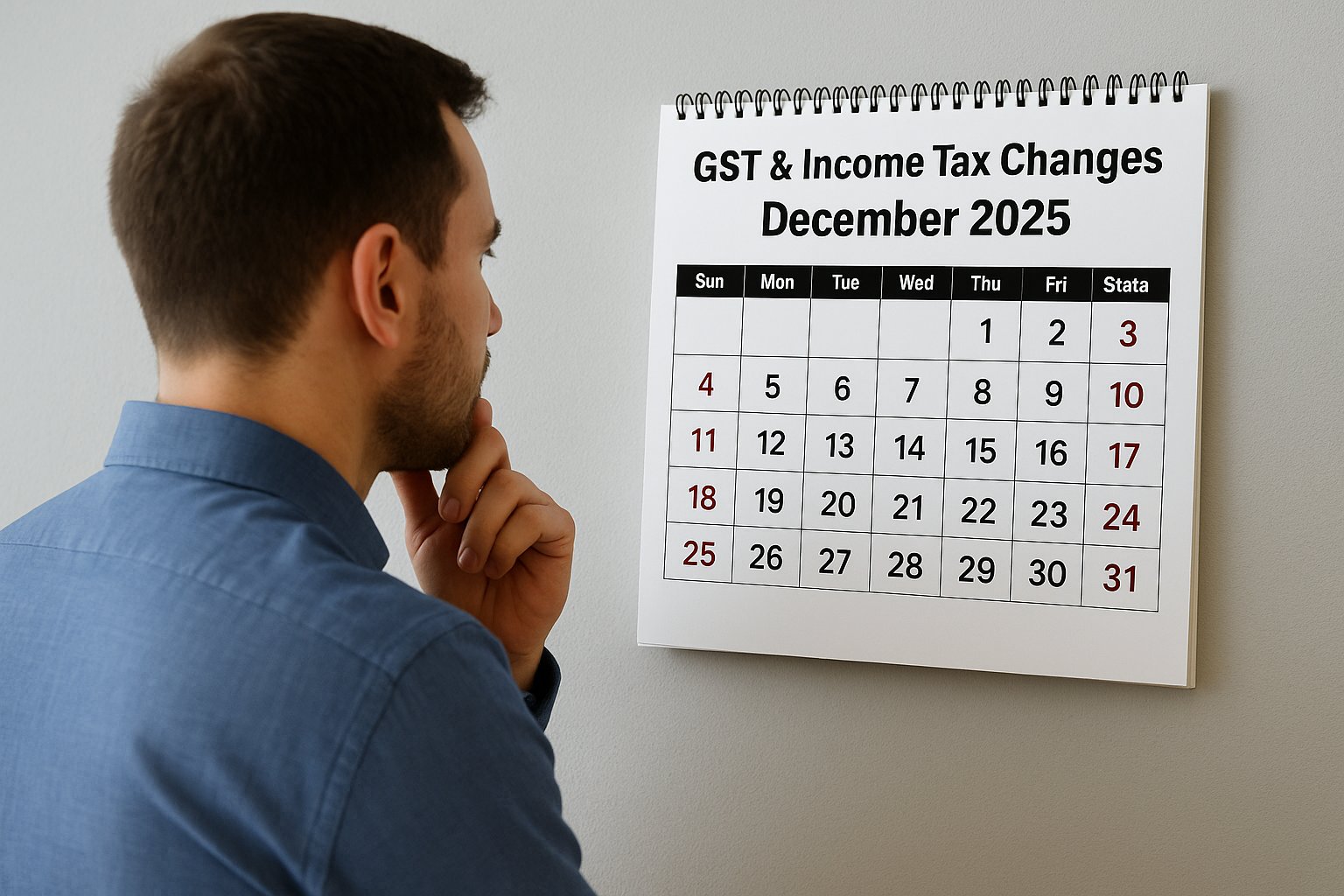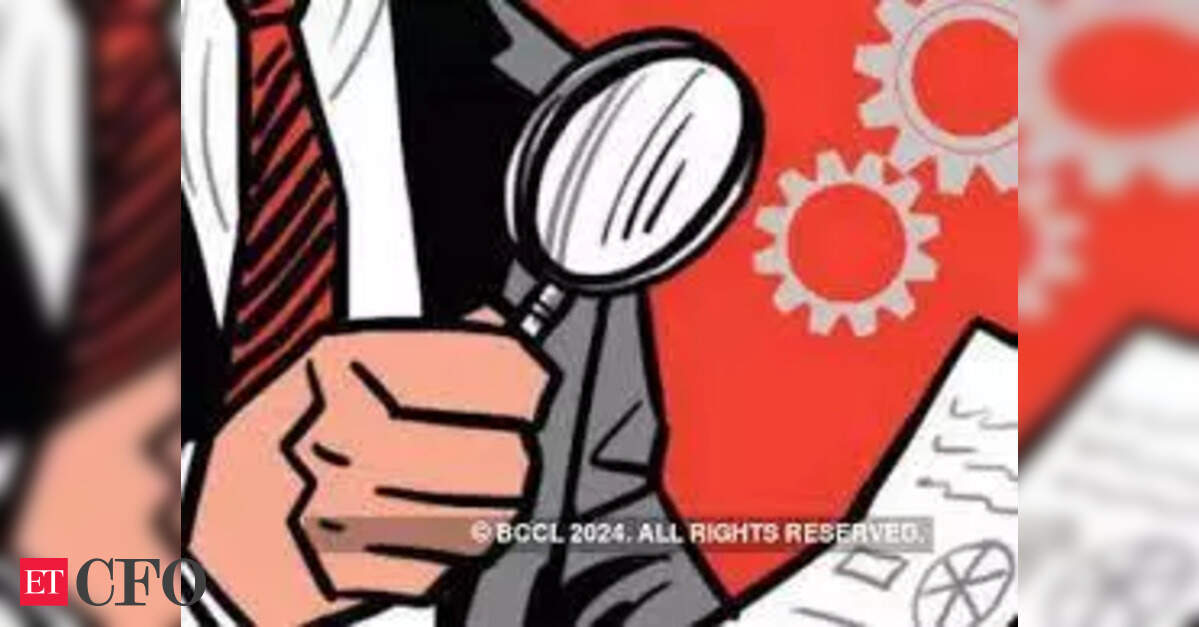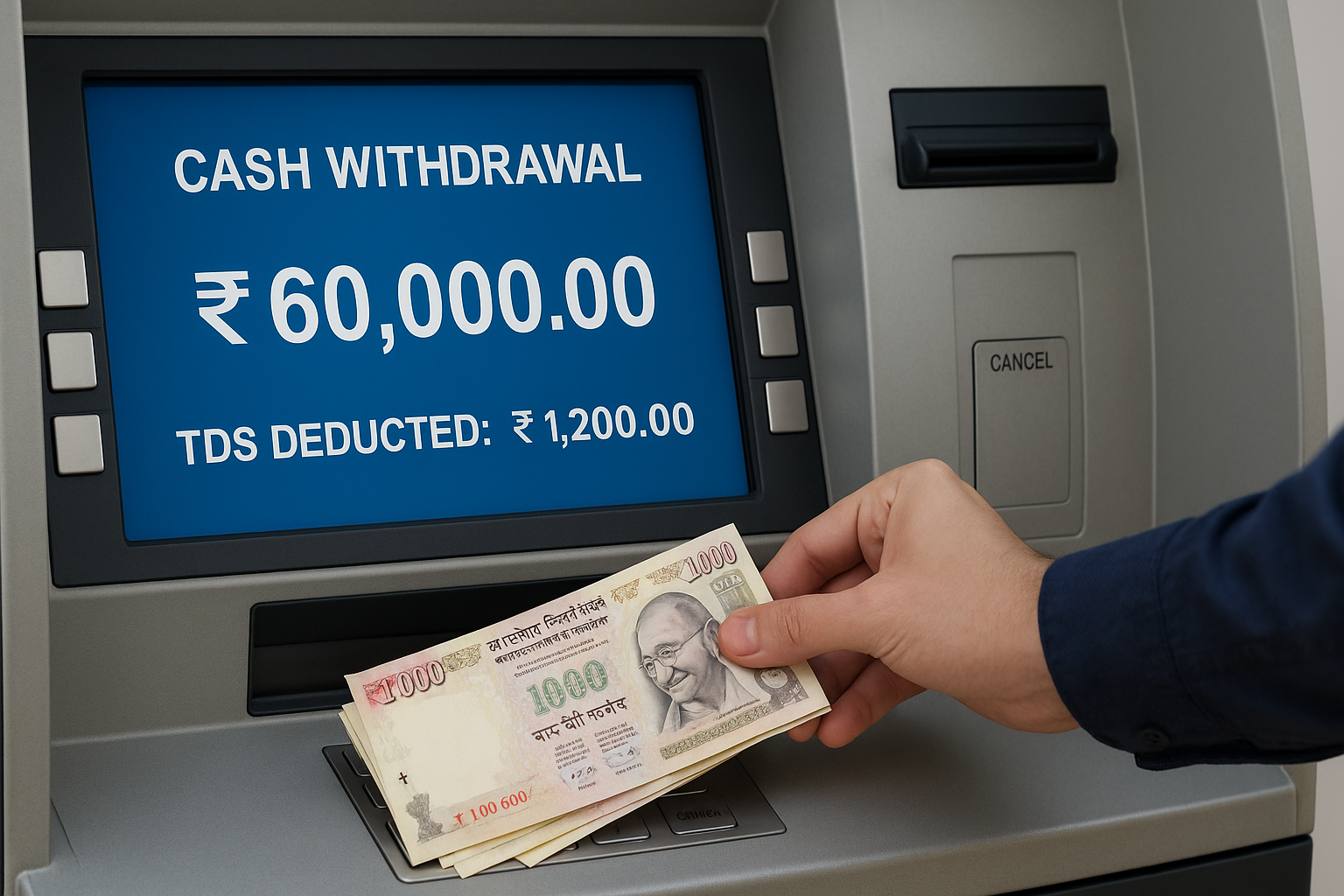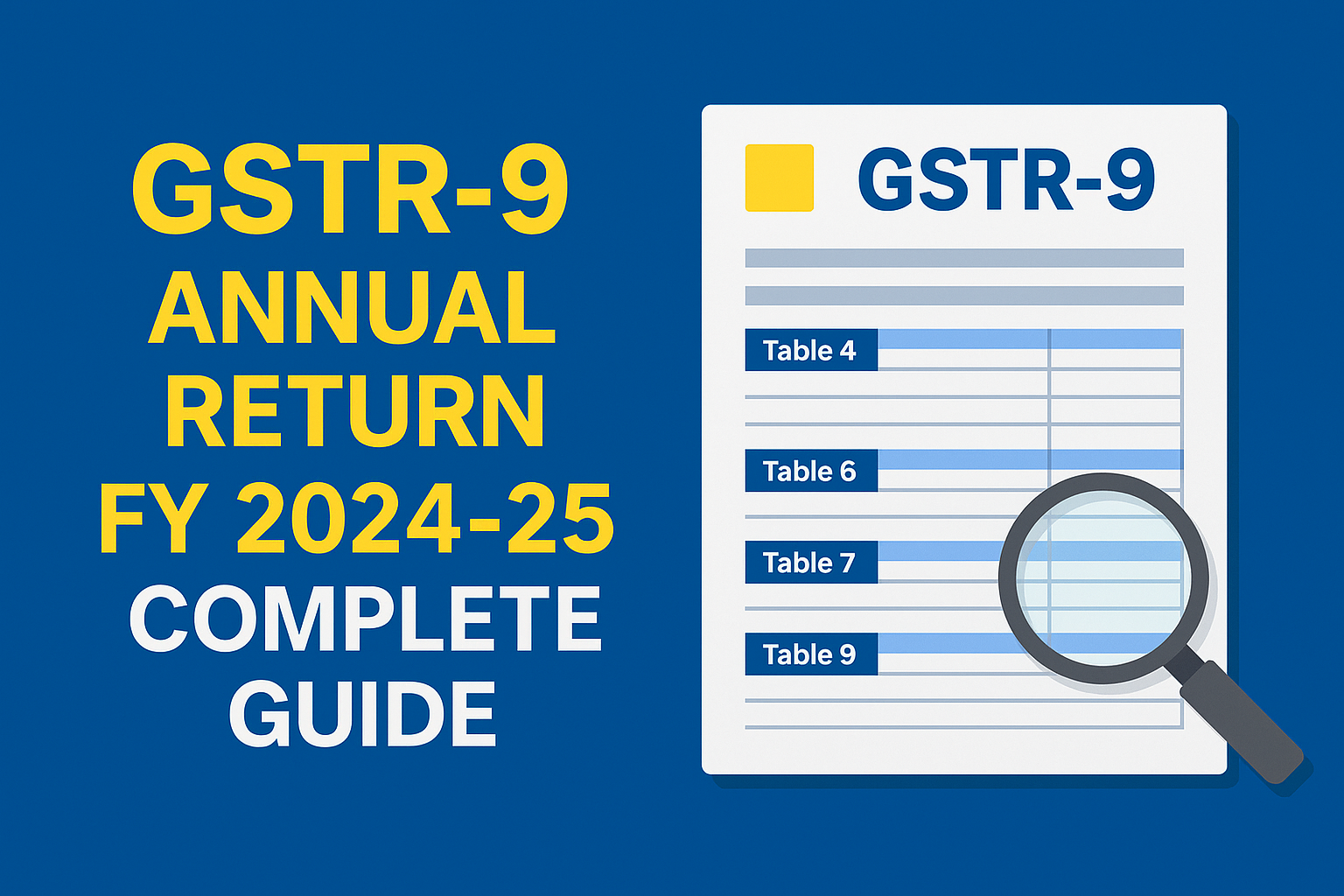A credit note is a crucial document under GST that allows suppliers to rectify specific discrepancies in the original tax invoice. The 55th GST Council meeting brought significant changes to the treatment of credit notes, enhancing compliance and clarity in tax liability adjustments. Below is an in-depth look into credit notes, their implications, and the latest amendments.
What is a Credit Note Under GST?
A credit note is issued by a supplier to the recipient to adjust the taxable value or tax charged in the original invoice due to specific scenarios.
Common Reasons for Issuing a Credit Note:
- Overvaluation: When the declared value exceeds the actual value of goods or services.
- Excess Tax Charged: If a higher tax rate than applicable was charged.
- Quantity Discrepancy: When the recipient receives fewer goods than invoiced.
- Quality Issues: If goods or services are deficient or unsatisfactory.
- Other Similar Situations: Any other adjustments necessitating reimbursement.
Once a credit note is issued, the supplier’s output tax liability is reduced, provided it is matched with the corresponding reduction in input tax credit (ITC) by the recipient.
Mandatory Details in a Credit Note
Although GST law does not prescribe a specific format, the credit note must include:
| Field | Requirement |
|---|---|
| Name, Address, GSTIN of Supplier | To identify the issuer of the credit note. |
| Nature of Document | Clearly marked as a ‘Credit Note.’ |
| Serial Number | Unique for each financial year. |
| Date of Issue | Date when the credit note is issued. |
| Details of Recipient | Name, Address, and GSTIN (if registered). |
| Corresponding Tax Invoice Details | Serial number and date of the original invoice. |
| Taxable Value and Tax Rate | Value and tax credited to the recipient. |
| Signature/Digital Signature | Authorized representative’s signature. |
Adjustment of Tax Liability
The supplier must declare details of the credit note in the GST return for the month when the credit note is issued, but no later than:
- till 30 November following the end of the financial year, or
- The date of filing the annual return, whichever is earlier.
If the credit note details match with the recipient’s reduction in ITC, the supplier’s output tax liability is reduced. Any discrepancies may lead to communication and rectification requirements for both parties.
Matching and Rectification Process:
- Matched Claims: Reduction in the supplier’s liability is allowed if the recipient reduces the corresponding ITC.
- Unmatched Claims: Discrepancies communicated to both parties; unresolved discrepancies are added back to the supplier’s output tax liability.
- Duplication Claims: Any duplicate reductions are added to the supplier’s tax liability.
Amendment to Section 34(2) of the CGST Act, 2017
As per the 55th GST Council Meeting, a significant amendment was announced:
New Provision: Section 34(2) will explicitly require the recipient to reverse the ITC attributable to a credit note to enable the supplier to reduce their output tax liability.
Implications:
- For Suppliers: Reduction in output tax liability is contingent upon the recipient’s ITC reversal.
- For Recipients: Action of Accept or Reject to be taken through IMS and ITC must be reversed proportionally to the credit note value.

There is no option to take pending action on Credit note.
When Recipient took action as Accept on credit note: suppliers output tax liability will get reduced and recipients GSTR 2B will be generated based on accepted action
When Recipient took action as Reject on Credit note: suppliers output tax liability will get added in next months GSTR 3B and recipients GSTR 2B will be generated based on rejected action
The liability of supplier will be increased in GSTR 3B for the subsequent tax period, for the
invoices/records which have been rejected by the recipient in the IMS for the following
transactions
a. Original Credit note rejected by the recipient
b. Upward amendment of the credit note rejected by the recipient irrespective of the action
taken by recipient on the original credit note
c. Downward amendment of the credit note rejected by the recipient if original credit note
was rejected by him,
d. Downward amendment of Invoice/ Debit note rejected by the recipient where original
Invoice/ Debit note was accepted by him and respective GSTR 3B has also been filed.
Example:
Original Invoice:
- Taxable Value: ₹1,00,000
- GST (18%): ₹18,000
- Total: ₹1,18,000
Credit Note Issued:
- Reduction in Taxable Value: ₹10,000
- GST: ₹1,800
- Total Credit Note Value: ₹11,800
Recipient Action:
- Reverse ITC of ₹1,800 in their GST return.
Supplier Action:
- Reduce output tax liability by ₹1,800 upon recipient’s ITC reversal.
Time Limit for Record Retention
Records related to credit notes must be retained for 72 months from the due date of the annual return filing for the relevant financial year.
Visit www.cagurujiclasses.com for practical courses












Good information.
Is it ok if my supplier gives me credit note against discount on purchase with passing the gst in basic amount?
Dear Madam, good morning
Request please advise what happen in case recipient doesn’t take any action on credit note (neither he accept nor reject the credit Note).
I want to ask that is it mendetory to accept or reject credit note in IMS? If it is mandetory then from when?
Amendment to Section 34(2) is also applicable for Credit Note issued to URD.